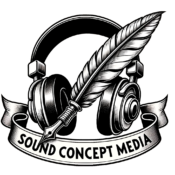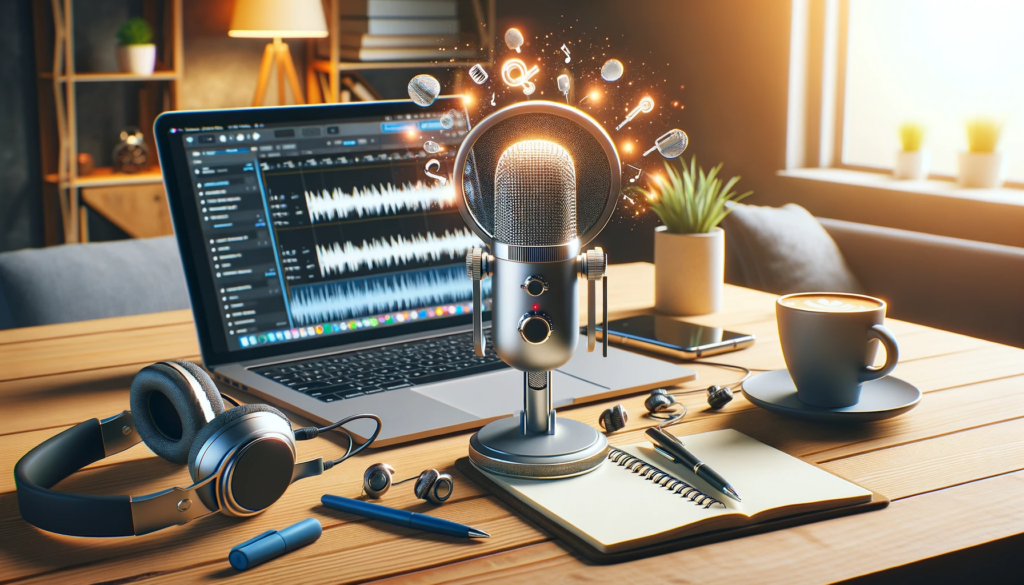Entering the podcasting world can feel like walking into a high-tech bazaar: everywhere you turn, there’s gear promising to elevate your audio storytelling. But your podcasting journey should start with the right equipment — a choice that can make the difference between amateur hour and professional polish. Here’s how to pick the audio equipment that will set your new podcast up for auditory excellence.
1. Understanding Your Needs
Before you start shopping, consider your podcast’s format, location, and the number of hosts or guests you’ll have. These factors determine the type of equipment you need. A solo podcaster can work with a simpler setup than one requiring multiple microphones for interviews or roundtable discussions.
2. Microphones: The Cornerstone of Clarity
Your microphone is your primary tool. For solitary podcasters or digital interviews, a USB microphone provides simplicity and quality. Look for one with a cardioid pattern to capture sound in front of the microphone and eliminate background noise.
For more dynamic recordings with multiple people, invest in XLR microphones. They offer professional quality and the flexibility to use mixers and audio interfaces.
Popular Picks:
- USB Option: Audio-Technica AT2020USB
- XLR Option: Shure SM7B
3. Headphones: Hear the Details
Good headphones let you monitor your audio quality in real-time. Closed-back headphones are ideal for podcasting because they minimize sound leakage, so what you hear in your ears won’t be picked up by your microphone.
Recommended Choice:
4. Mixers and Audio Interfaces: Control Your Sound
If using XLR microphones or recording with multiple people, you’ll need a mixer or an audio interface. These devices let you control individual microphone levels and other sound inputs before they reach your computer.
For most podcasters, an audio interface will suffice, providing the necessary inputs and outputs without the complexity of a full mixer.
Reliable Options:
- Mixer: RODECaster Pro
- Audio Interface: Focusrite Scarlett 2i2
5. Pop Filters and Windscreens: Polish Your Plosives
Pop filters or windscreens are essential for reducing plosives — the pops that can occur with “P” and “B” sounds. They can also help keep your microphone clean and reduce the intake of breath sounds.
Try These:
6. Recording Software: Your Digital Workspace
Whether you choose a simple or complex recording setup, you’ll need software to record and edit your podcast. Options range from beginner-friendly applications to professional-grade digital audio workstations.
Software Suggestions:
- Beginner: Audacity or GarageBand
- Professional: Adobe Audition or Reaper
7. Portable Recorders: For Podcasting on the Go
For podcasters who travel or conduct in-person interviews outside a studio, a portable recorder is invaluable. It allows for high-quality, on-the-spot recording.
Top Pick:
Always read reviews and test equipment when possible. What works for one podcaster might not suit another. And remember, more expensive doesn’t always mean better for your specific needs.
Making the Right Investment
Podcasting is a journey, and the right equipment is your first companion. It’s about finding the balance between cost, quality, and the specific demands of your podcast. Start with the essentials and upgrade as your podcast grows.
If you’re looking for tailored advice or a helping hand to navigate the sea of equipment options, Sound Concept Media is here to help. With years of experience in podcast production, we can guide you toward the perfect audio setup for your podcasting adventure.
Ready to make your voice heard with crystal clear clarity? Reach out to us, and let’s get your podcast sounding pitch-perfect from the very first episode.

